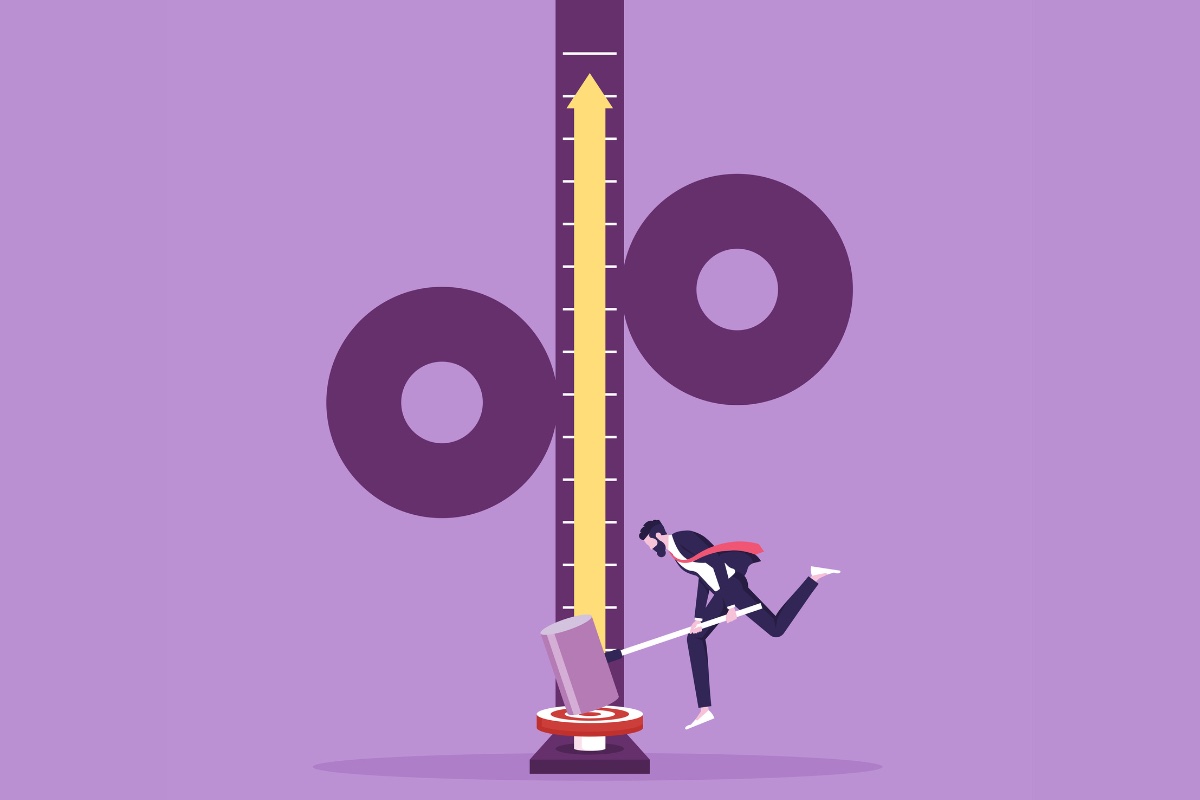How to determine if raising prices is the best move for your business

Rising inflation has caught many by surprise, after decades of low price rises. Consumers and businesses are now scrambling to adjust to a world of high inflation, a trend that might not be short-term.
Three years of the COVID-19 pandemic and a war in Ukraine have been the catalysts for the high inflationary environment, with economists, business leaders and policy makers quick to highlight the challenges businesses face.
While consumers are being forced to tighten their belts, companies are weighing up their options in terms of passing on the price rises they face to their end users. But the strong inflationary pressures have caught many off guard and not all businesses have strategies in place to deal with them.
Simply passing increased costs onto the consumer could backfire if you don’t understand what they value and their price sensitivities. However, experts have revealed actions you can take to help safeguard your business against rising inflation.
Data for Insight

One of the biggest takeaways from the advice on offer is the need for data, to give you greater visibility and provide insights to make informed decisions when it comes to your business. Consultancy firm McKinsey & Company stresses the importance of collecting data to understand where a price increase may be possible and where your company might be out of sync with the market.
Business consultants warn that customers also have some leverage when it comes to price rises. They can choose to find another vendor or supplier, forego certain items or substitute them with cheaper products. Knowing your customers and who’s going to be pushing back or leaving you is essential information for your pricing strategy.
Whenever there is a price increase, communicating the reasons behind it is key; explain the rationale clearly. This conversation should take place as part of a discussion on overall service and business strategy, not purely on the price rise.
Experts recommend that leaders be as transparent as possible with stakeholders. An example of this could be giving customers advance notice of price increases. And price changes need to be monitored closely and adjusted quickly if needed.
Whenever there is a price increase, communicating the reasons behind it is key; explain the rationale clearly.
Some have likened it to a military operation, keeping a constant eye on the situation as it unfolds, staying agile and making fast decisions. This is where the importance of having real-time data on customers and how they are reacting to price changes comes into play.
Many companies don’t accurately and regularly calculate the costs and profits of the individual customers they serve. When the time comes, they can’t easily identify who their most and least profitable customers are.
Once these customer segments are clearly defined, the focus should be on understanding the cost to serve each respective segment, and what groups will accept price increases more than others.
Rising Costs
Price rises always come with a high degree of risk, most notably the loss of customers and competitiveness. This is especially true when consumers have enjoyed stable prices for many years. So before adjusting prices, look at your customer base closely, identify the most valuable clients and the associated profitability.
Consulting firm Grant Thornton advises that if prices still need to be increased, there are multiple factors to weigh up – existing contractual terms, timing of the increase, nature of historic increases, whom the increases should apply to and whether you can link the increases to new features and customers’ willingness to pay.
Alongside pricing policies, the study says this period of high inflation is also a good opportunity to take action to limit external cost increases. Possible actions include locking in prices, bulk buying, renegotiating terms with suppliers or even changing suppliers. In such a high-inflation environment, these moves can help make a difference in limiting costs and protecting margins.
Focusing on internal efficiencies and cutting down on waste gives your business more flexibility when it comes to having to raise prices. It’s also good for the environment.
Another option is to outsource more activities to lower costs and deal with any labor shortages. Outsourcing partners, such as those based in India and other parts of Asia, have invested heavily in automation and are developing new service models that achieve greater efficiency through shared technology platforms and centers.
Grant Thornton has also observed that there has been a geographic shift in the location of people working remotely to cities with cheaper living costs. A related strategy companies are also deploying is to relocate entire operations to lower-cost jurisdictions to help manage wage costs.
Focusing on internal efficiencies and cutting down on waste gives your business more flexibility when it comes to having to raise prices. It’s also good for the environment.
Every cloud has a silver lining, and this unexpected period of inflationary pressure is an opportunity for businesses to rethink their pricing strategies and reduce their own costs. Becoming more efficient, leaner and reducing waste internally is normally on most organizations’ to-do list. The high inflation environment we are facing has made it a priority.